“The Customer Journey and How to Structure Your Site Information Architecture around it” was going to be my original title for this article. After reading that you’d probably think like I did at the time, what the hell does that mean? Luckily for you, I’ve since spent hours researching it, interviewing (read: pestering) my expert colleagues at CanIRank about it, and scouring the net for every morsel of useful information I could find.
The Customer Journey Defined
Put as simply as possible, the Customer Journey is the process customers go through before deciding to buy your product, hire your services, or hang out and read your blog for a while. Whether that Journey involves a quick Google search and “add to cart” or an epic, multi-day, 100+ Chrome tab research odyssey depends on your business. Typically, as the cost or importance of the purchase increases so too does the length of the research journey. Customer journey marketing is the process of creating content around the customer journey.
There are countless ways to model this journey, from the unhelpfully simple to the hopelessly convoluted. Here at CanIRank, we like to use the good ole’ sales funnel to conceptualize the Customer Journey. As you may be aware (sales funnel joke), the funnel consists of three main tiers: Awareness, Consideration/Evaluation, and Purchase/Conversion.
There are several versions of this funnel, so if the one from your Marketing 101 textbook doesn’t match up, that’s okay. There is another method of visualizing the customer journey called the “Jobs to be Done” framework that explains consumer behavior through the job they are trying to get done and how your product will help them accomplish it better than your competitor’s. This is an interesting new approach, but for simplicity’s sake, this article will stick to the sales funnel approach.
Customers at the top of this funnel are doing broad, industry-wide, often only tangentially related searches. They’re exploring the field to see what’s out there. Top of the funnel customers are looking for informational resources – this includes research data, opinion pieces, and educational content.
Shoppers or netizens in the second level of the funnel, Consideration/Evaluation, are actively comparing you and your competition. They are doing much more specific, product-oriented searching in preparation for making their purchase decision. This stage of the funnel is a great opportunity to steal traffic from your competitors.
Finally, when customers reach the bottom stage of the funnel, Purchase, they’re making an actual purchase. Customers at this level are searching for things like, “buy widget x online” or “widget x discount code.” They’re ready to make a purchase, and grabbing their attention at this stage leads to sales. Customer journey marketing involves creating content for each stage of the customer journey to ensure engagement at any stage of the funnel.
The Customer Journey and Site Structure
Now you may be thinking, “Okay cool… thanks for the marketing tips, but how does this affect my SEO?” That was the question I asked our very own expert consultant, Molly Nevins.
Molly Nevins
When tracing the research journey, you’re essentially asking: what are customers at each stage of the buying process searching for? What are they typing into Google? The answers to these questions can help you determine not only what types of content you should be creating, but also what goes where in terms of information architecture. A well-structured site will be easily navigable and make sense to both human users and search engines. Top notch sites will also leverage internal linking to keep users engaged, discovering other content, as well as signal to search engines where any link juice should be allocated.
There’s a lot to unpack in that quote. That’s why Molly is an expert and we’re well, we’re getting there, aren’t we?
Basically, if implemented correctly you can apply the funnel model to your entire site. Let’s go through how that looks for each phase of the funnel.
Before we begin, it should be noted that this model is very content-heavy, so if your site is content-light, you should seriously consider beefing it up. “But I’m an eCommerce site, why do I need blog content?” Because content gets you links, and links are the backbone of SEO and, well, maybe you should ask these 5 startups that crushed their established competition using nothing but content and SEO.
A well-structured site makes sense to both human users and search engines. Click To TweetTop of the Funnel Content - Awareness
Customers at the top of the funnel aren’t close to a purchase, so all we want to do at this stage is capture their attention and make them aware of our brand. The keywords at this stage are shorter and much more competitive, so your content here has to be amazing. This is where your “linkbait” content comes in. This is the content that takes time and effort to produce. This type of content can include your definitive ranking of every episode of “The X-files” in infographic form, your survey of 10,000 energy drink customers that reveals X things they all have in common, or your hilarious series of videos of your mascot hurting himself on water slides.
From a keyword research perspective, the top of the funnel keywords are much broader and have a ton of search volume, so your content has to be kickass to stand out. It has to be shareable or useful, and it should be mostly related to your brand. The goal at this stage is to build awareness for your brand, let’s not forget. One of our most flavorsome clients, Reize Energy Drinks, has a great example of top of the funnel content in their “Deadpan Guy.” Top of the funnel content is often found in the blog portion of a company site, but like Molly said, make sure it links to the top of your site architecture. Here are more amazing examples of this kind of “linkbait” content.
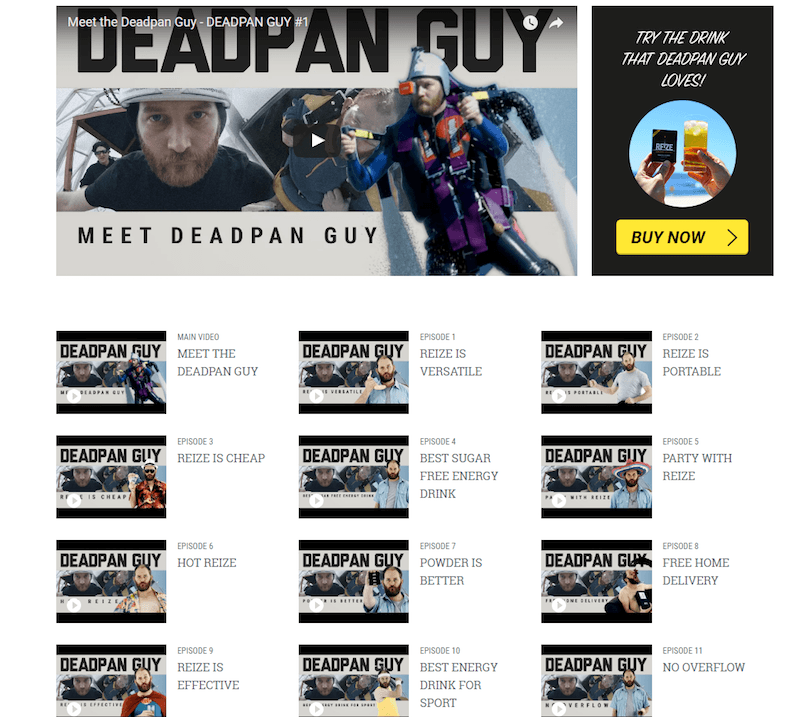
Middle of the Funnel Content - Evaluation
At this stage of the purchase process, customers are approaching a purchase and are searching narrower, more industry-specific keywords. Content for this stage of the funnel can be tricky to define because it often overlaps with the other stages of the funnel, but the basic goal of content for the Evaluation/Consideration stage is to establish your site as an expert in whatever industry you ply your trade.
Some high-value content falls under this category, such as expert guides or instructional videos, but what differentiates middle of the funnel content from top of the funnel is that it’s aimed at establishing a relationship with potential customers. This content establishes you as an expert in the area, then shows how your product or service is the best fit.
To continue with examples from our friends over at Reize, their article on buying energy drinks in bulk both establishes them as an expert and gives info on why their solution is the best. Another example of a page they are using to target middle of the funnel customers is their evergreen, non-blog content page, 12 Reasons to Choose Reize.
This page is definitely conversion oriented, but filled with keyword-related content that establishes Reize as the obvious choice for your energy drink needs. Keywords in the middle of the funnel are longer-tail and more industry specific. Customers here are Googling things like, “what is the best widget for task A” or “what is the sugar content of Brand B’s product?” They are often informational requests and questions about the industry, so make sure you’re responding to them with appropriate content.
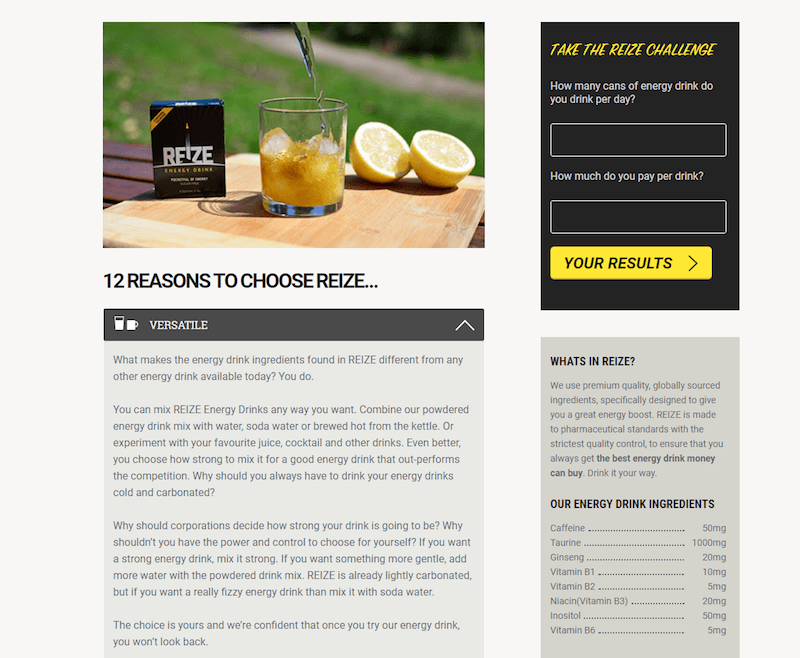
Bottom of the Funnel - Purchase
Keywords in the bottom of the funnel are long-tail, very product-specific, and oriented around the actual purchase or commitment to your service. There is much less volume here, but the traffic you do get is much more likely to translate into sales, so it’s extremely valuable. Keywords at the bottom of the funnel are often self-explanatory, like “buy widgets online” or “seo agency for small business.” Content aimed at purchasers is often evergreen, and higher in the site’s architecture. These pages should be easy to find and understand, as they are the most critical for, you know, actually making money. Bottom of the funnel content can be as simple as a big button that says, “free trial!”
Wow, would you look at that. There really is a big button that says “free trial.” (If you’ve read this far you’re clearly interested in SEO - why not give our intelligent SEO tool a shot? It’s free forever!)
These buttons can be inserted into content targeting other stages of the funnel, especially content that is directly related to the benefits of your product or service. Another common tactic, typically used in conjunction with the magic free trial button, is a page devoted to your business’ various offerings. That may be a catalog, or like Reize, a brief list of their energy drink subscription options (though if you’re drinking 600 energy drinks a month, you might have a problem…).
The bottom of the funnel is extremely important, so make sure your conversion-oriented pages are at the top of your site architecture, and that you have content targeting those long-tail keyword variations for your product or service.
Putting The Funnel Into Action - How to Identify and Target Keywords
Now that we’ve gone through each level of the funnel, the kinds of keywords they entail, and what type of content fits into each, let’s figure out how to actually find these keywords. One popular approach is via Google Analytics. With Analytics you can see what terms customers are using to find your site and how long they stick around. Another option in Google’s suite is Search Console, which is SEO-oriented.
One of the most useful tools to find these types of keywords is CanIRank’s Grow My Content tool. With this tool, users can see what kinds of relevant terms potential customers are searching, and see recommendations for how to create content that specifically targets them. Another tool in the CanIRank belt is the Opportunities feed, which uses artificial intelligence to identify promising opportunities around the web that are related to your site. The Opportunities feed shows you what people are asking and how your site can answer them.

Take Action
Structure your site around the 3 stages of the sales funnel: Awareness, Evaluation/Consideration, and Purchase/Conversion.
Customers in the first stage, Awareness, are searching broad, general questions about your industry or related industry; and should be targeted with high value, “linkbait” content on your blog.
The second stage of the funnel is Evaluation/Consideration, and keywords in this stage are longer-tail and industry-specific. Customers are in the middle of the buying process and are searching out the competition, so make sure your blog includes content that both establishes you as an expert and develops a relationship with the customer (another great place for a “free trial!” button).
The bottom stage of the funnel, Purchase/Consideration is marked by long-tail, product-specific keywords. There isn’t as much traffic at this stage, but the traffic that does exist is likely to convert to sales dollars, so it’s extremely valuable. Content targeting this stage of the funnel should be evergreen and near the top of your site’s architecture.
Perhaps most importantly, make sure your internal linking game is strong - you want to make sure that regardless of the stage of the funnel your visitors are in, they can always navigate your site easily and perhaps move down towards purchase while still on your site (it’s also great for SEO).
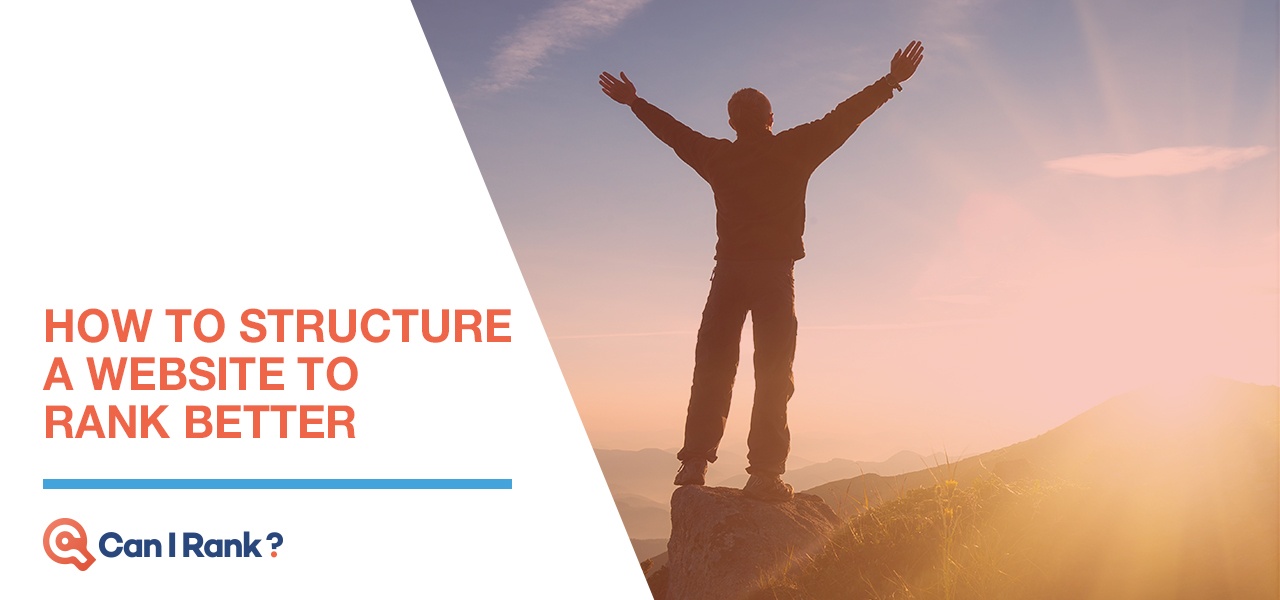
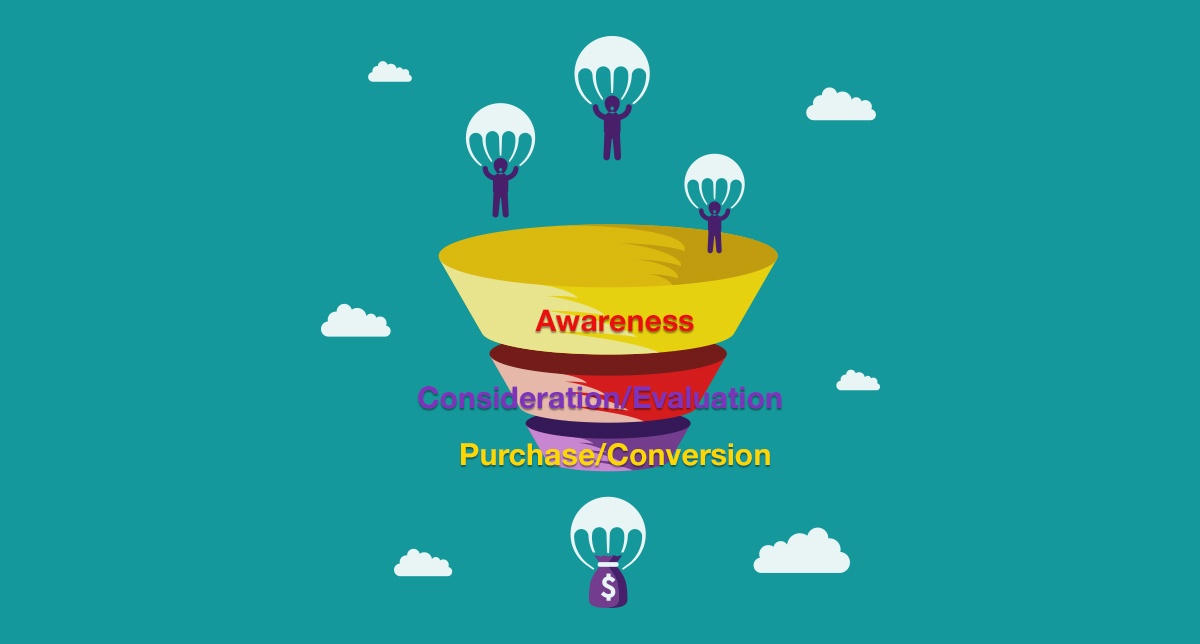

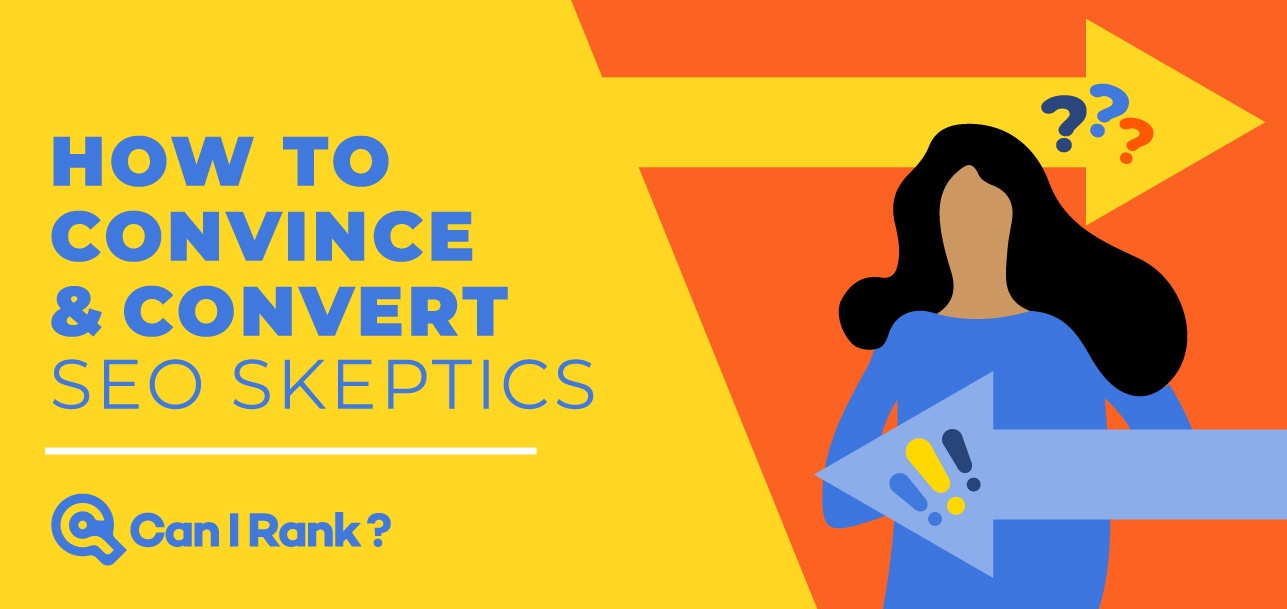
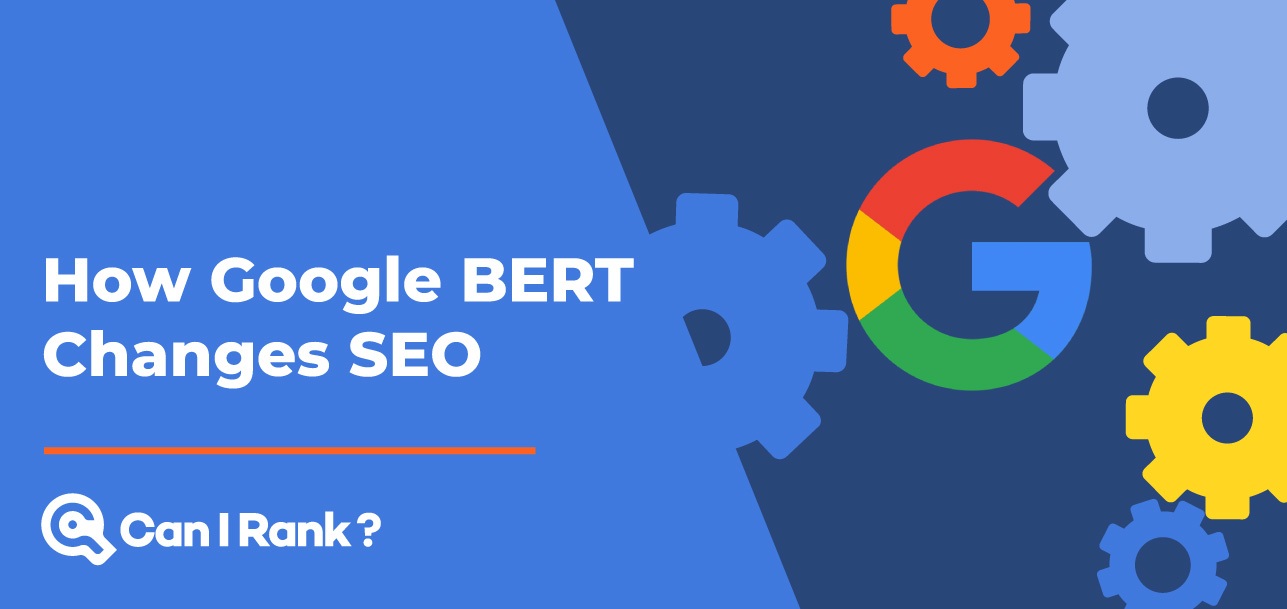
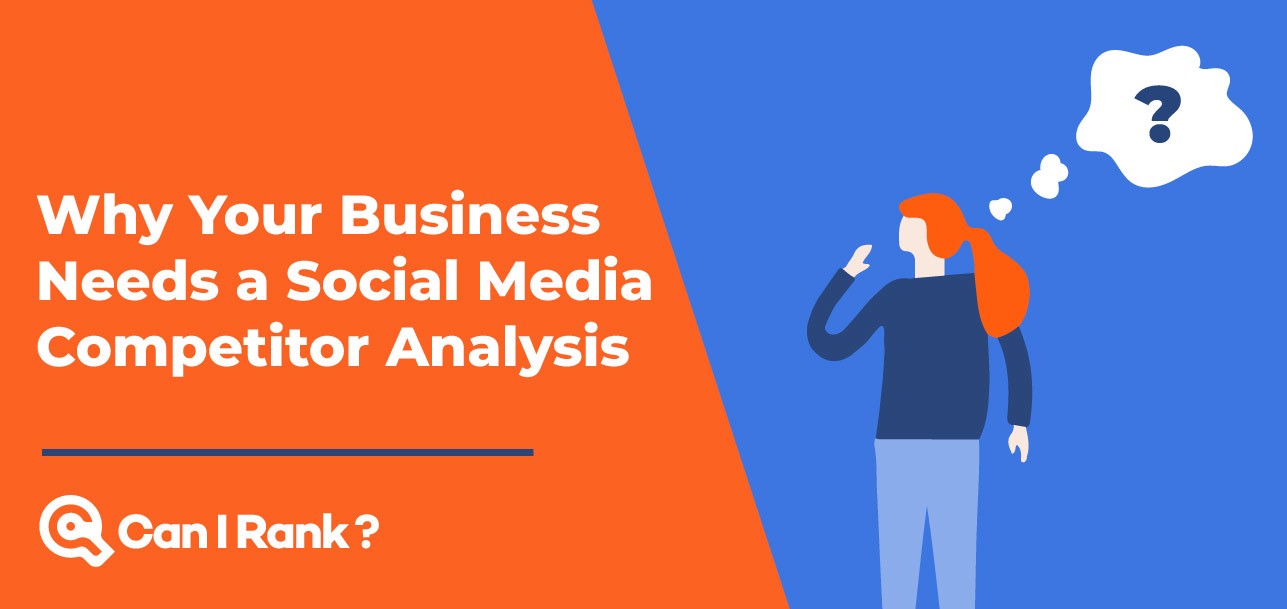
Leave A Comment